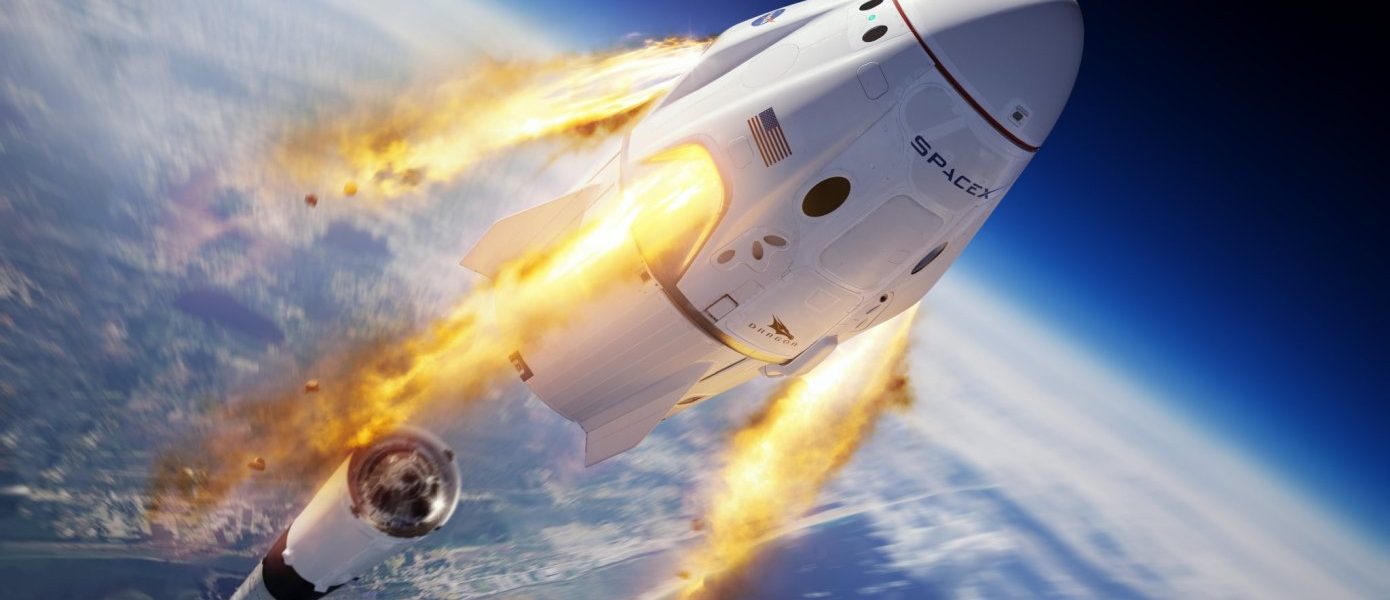We start back in October 1968 when NASA launched a new type of spacecraft. It was Apollo 7 and was the first Apollo mission to carry a crew into space. For over a week, whilst in Earth orbit, crew Walter Cunningham, Wally Shirra and Donn Eisele put it through its paces.

It was also the first crewed flight of the Apollo command module, a cone-shaped spacecraft that would later be capable of carrying astronauts to the Moon and returning them safely to the Earth. It is said that this mission was part of the final countdown towards the historic lunar landing carried out less than a year later by Edwin ‘Buzz’ Aldrin and Neil Armstrong.
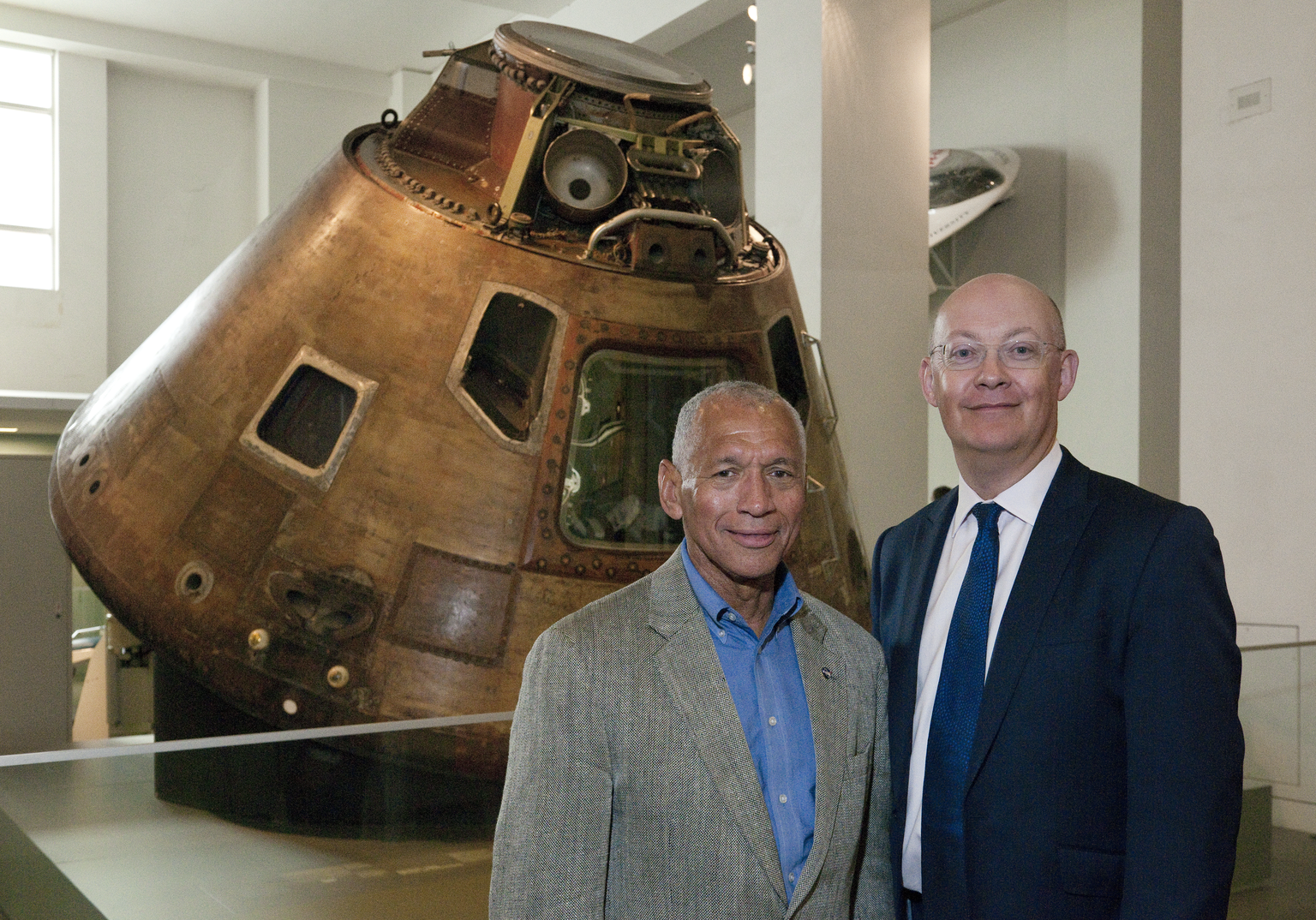
NASA’s next spacecraft design was the space shuttle, a partly re-useable winged spaceplane that could ferry astronauts
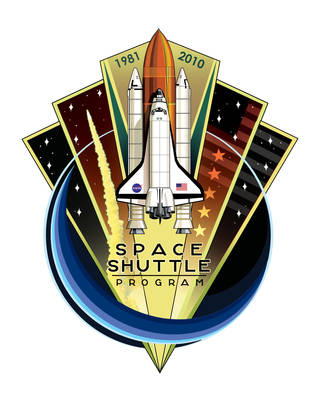
and satellites into Earth orbit. Between the first launch on April 12, 1981, and the final landing on July 21, 2011, NASA’s space shuttle fleet – Columbia, Challenger, Discovery, Atlantis and Endeavour – flew 135 missions and helped construct the International Space Station.
Despite being the most sophisticated spacecraft ever built, the programme did not achieve its primary aim to make spaceflight more inexpensive.
Since 2011, the only way crews from any nation, the United States included, have been able to reach the International Space Station is by way of the Russian Soyuz rocket and spacecraft.
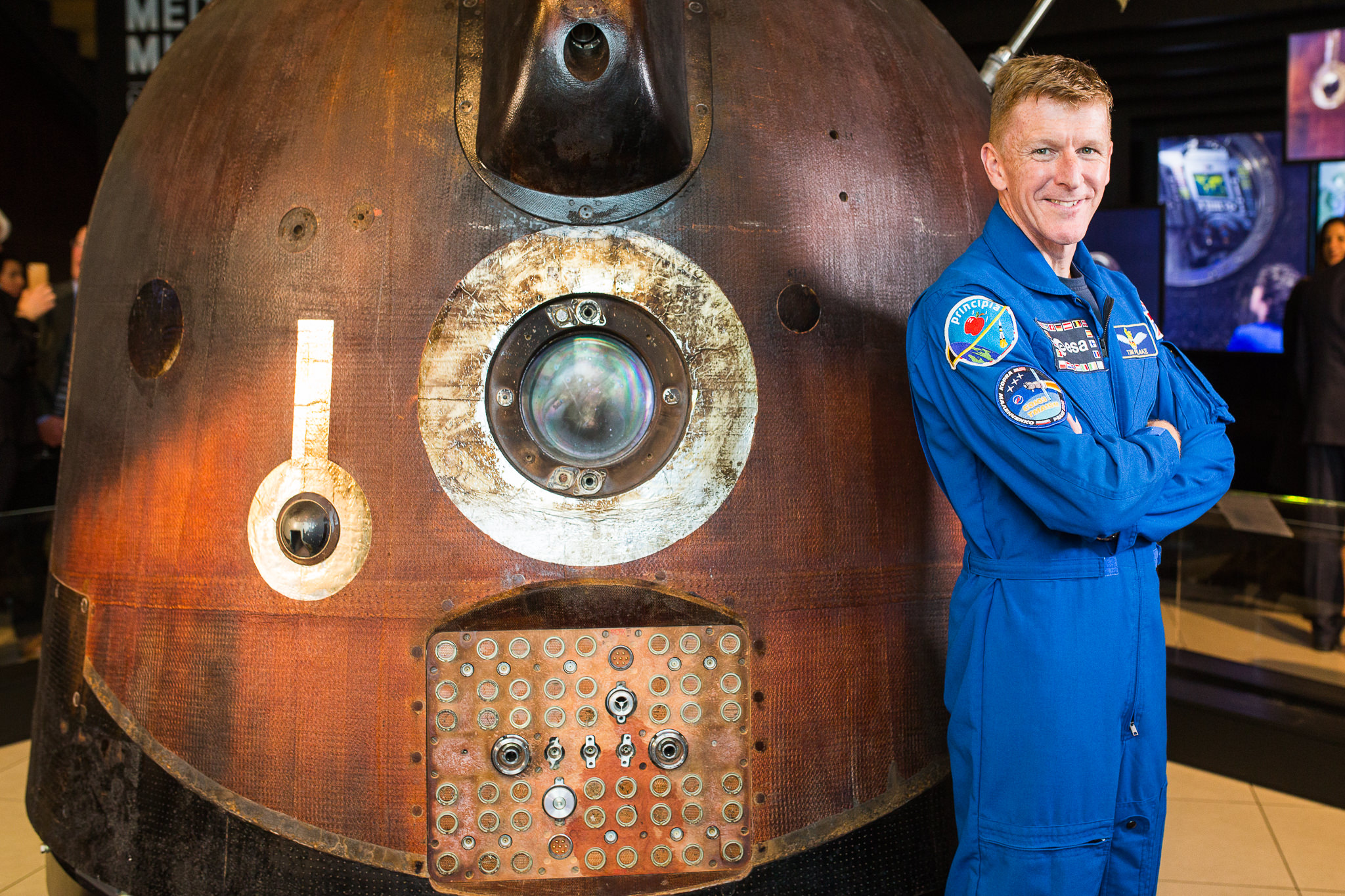
Now, NASA is about to launch a brand-new spacecraft that bears more than a passing resemblance to the old Apollo capsules – just even more bullet-shaped.
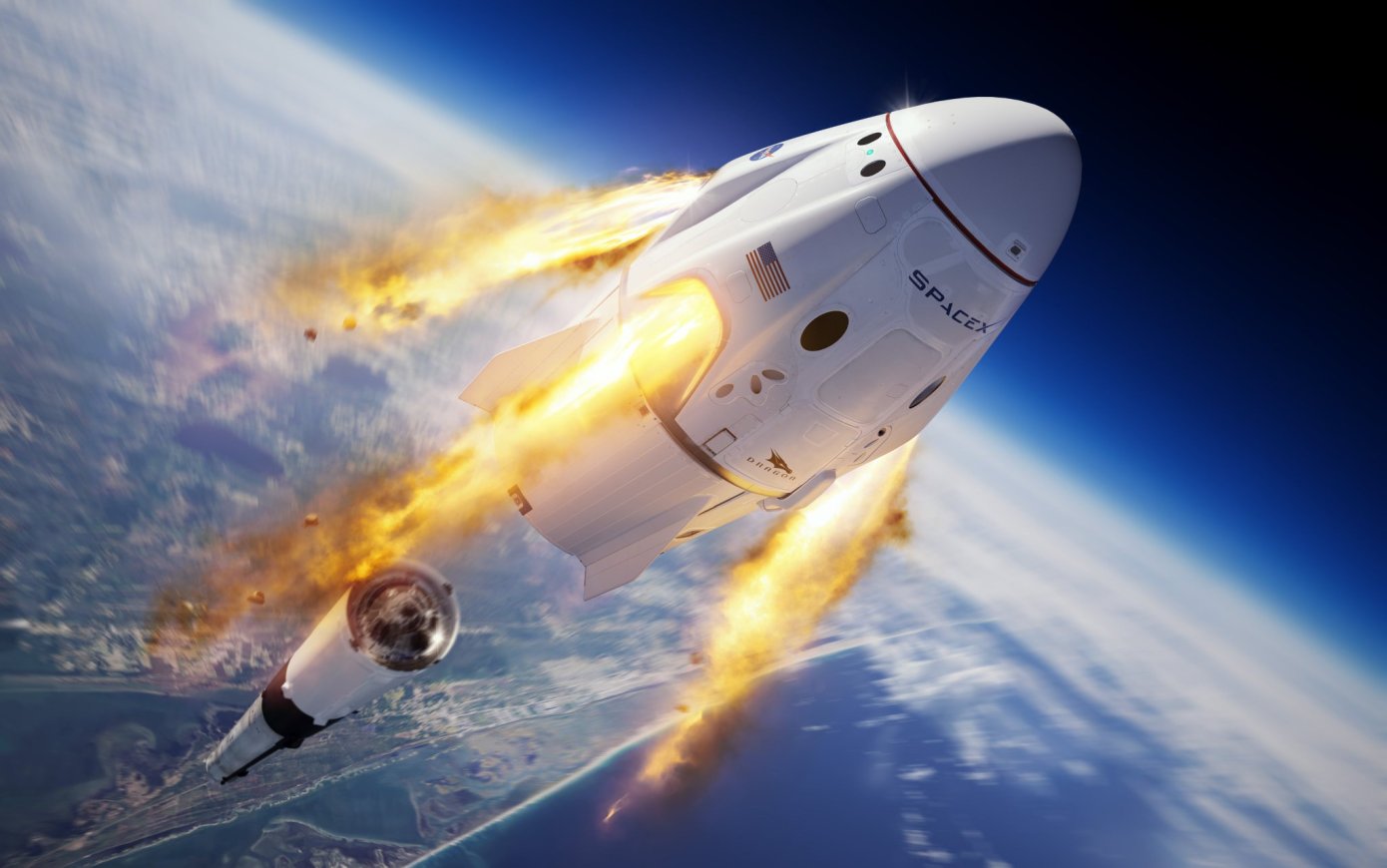
It is called Crew Dragon and has been built under contract to NASA by SpaceX. Its first crewed launch is due today (27 May 2020) and will carry astronauts Doug Hurley and Bob Behnken to the International Space Station for a three-month stay before bringing them back home.

Crew Dragon Demo-2, the full name of this mission, will be launched on a SpaceX Falcon 9 rocket that will be recovered to be used again. Like its rocket, Crew Dragon is also designed to be reusable but will splashdown in the ocean where the salty water may well interfere – it was originally designed to touch back down on land using its retro rockets and parachutes
It is bigger than the original Apollo command module – capable of carrying seven astronauts to Apollo’s three, and it incorporates all the advances in computing and light-weight materials you might expect in the half-century since the Moon missions.
However, Crew Dragon is not alone. Another NASA contract has supported Boeing’s Starliner, a space capsule that looks very similar to the original Apollo module, that also has the potential to reach the International Space Station. NASA itself is producing the Orion spacecraft, another cone-like module which has the potential to take humans further than they have ever been before promising to reach as far as Mars. Even the venerable Russian Soyuz will eventually be replaced with a new spacecraft.
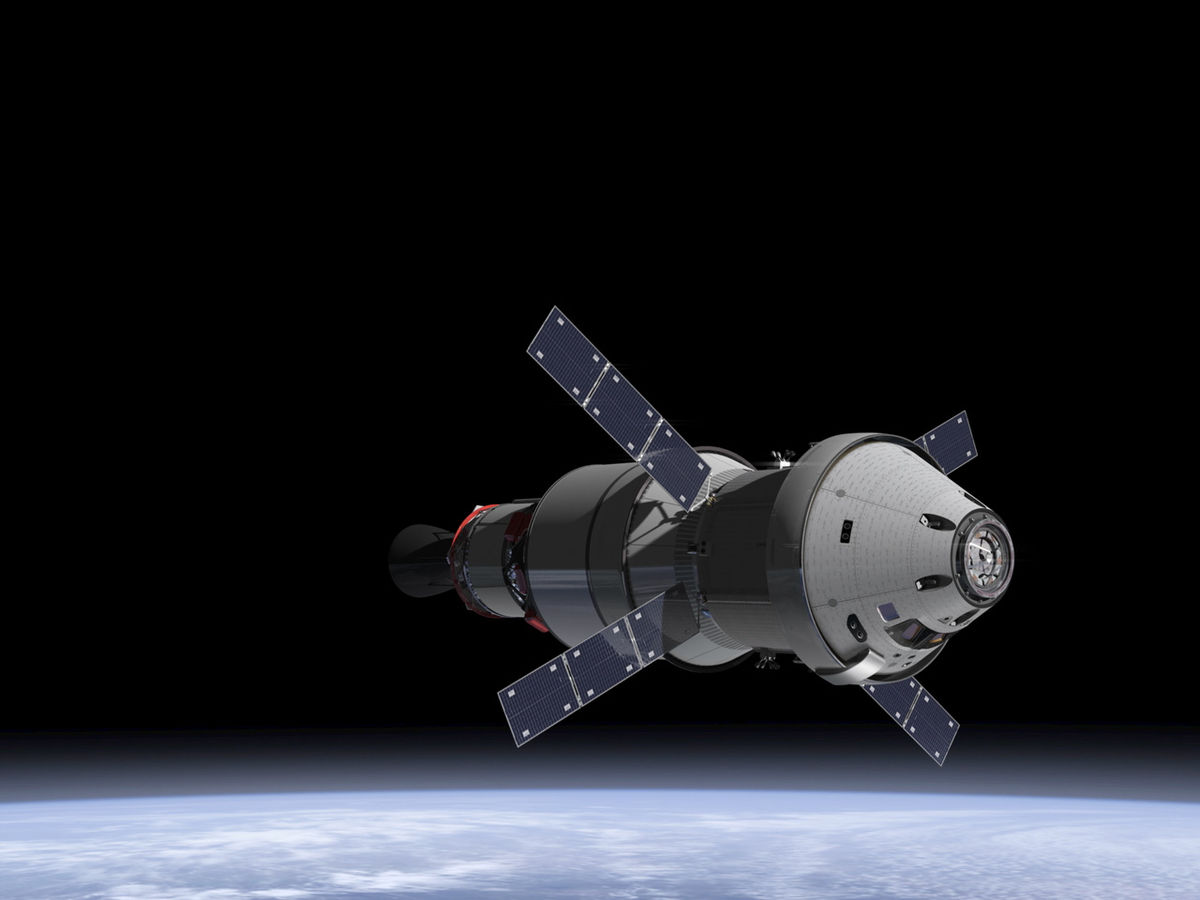
All of these are variants of the cone-like design made famous by the Apollo missions and all signal a return to the age of the space capsule.
